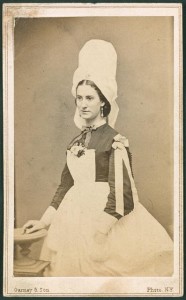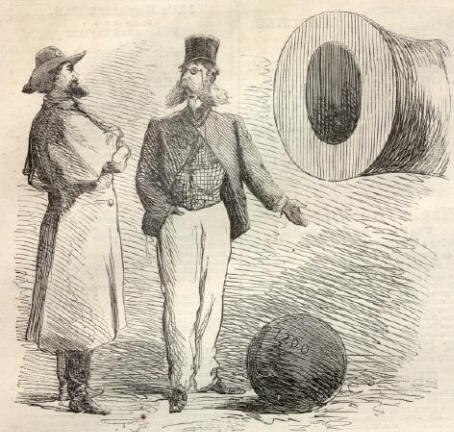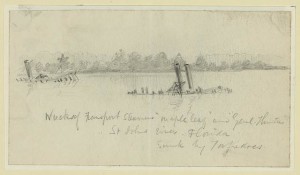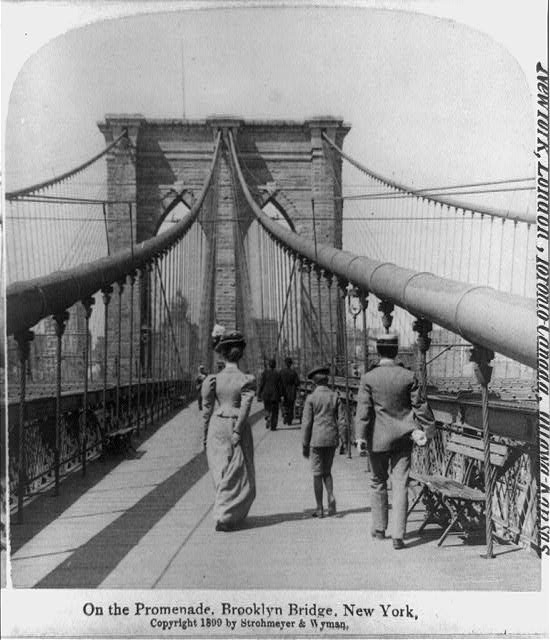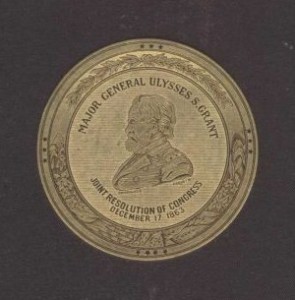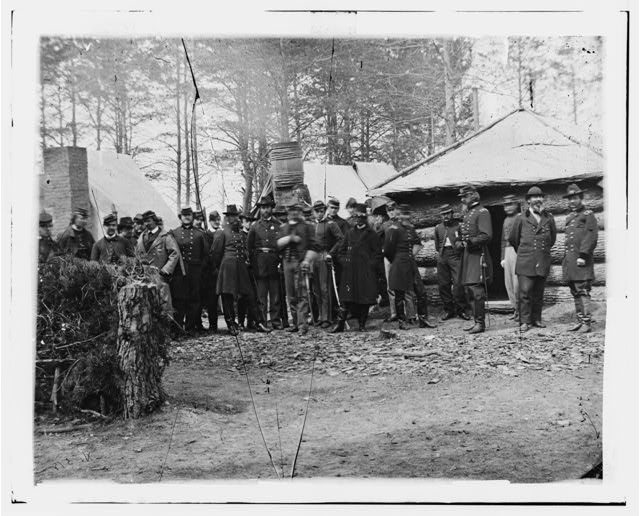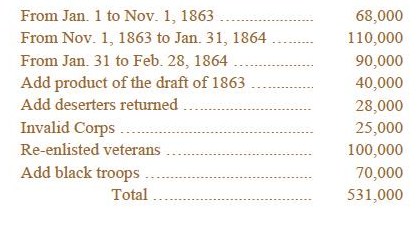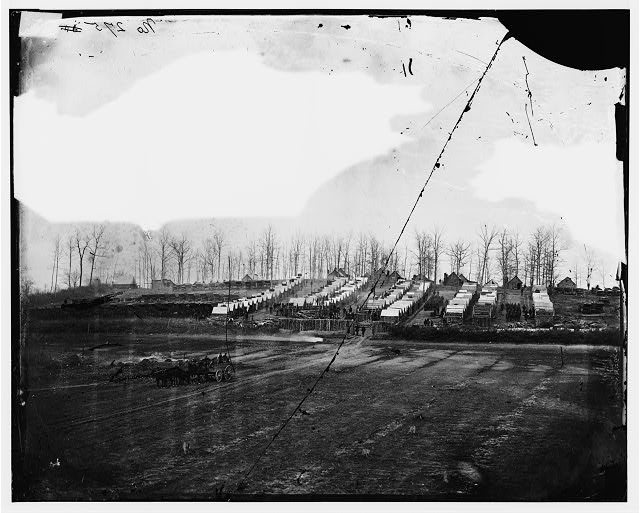According to the Library of Congress, on March 26, 1864 President Lincoln met with three prominent Kentuckians who disagreed with the federal policy of recruiting Kentucky slaves for the Union army. Newspaper editor Albert G. Hodges was so impressed with the president’s response that he asked Mr. Lincoln for it in writing. From The Papers And Writings Of Abraham Lincoln, Volume Seven:
TO A. G. HODGES.
EXECUTIVE MANSION, WASHINGTON, April 4, 1864.
A. G. HODGES, ESQ., Frankfort, Kentucky:
MY DEAR SIR:—You ask me to put in writing the substance of what I verbally said the other day, in your presence, to Governor Bramlette and Senator Dixon. It was about as follows:
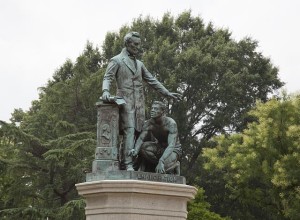
slavery is wrong; preserving the Constitution requires preserving an intact nation; we have 130,000 more troops and laborers for the Union military
“I am naturally anti-slavery. If slavery is not wrong, nothing is wrong. I cannot remember when I did not so think and feel, and yet I have never understood that the Presidency conferred upon me an unrestricted right to act officially upon this judgment and feeling. It was in the oath I took that I would to the best of my ability preserve, protect, and defend the Constitution of the United States. I could not take the office without taking the oath. Nor was it my view that I might take an oath to get power, and break the oath in using the power. I understood, too, that in ordinary civil administration this oath even forbade me to practically indulge my primary abstract judgment on the moral question of slavery. I had publicly declared this many times, and in many ways. And I aver that, to this day, I have done no official act in mere deference to my abstract judgment and feeling on slavery. I did understand, however, that my oath to preserve the Constitution to the best of my ability, imposed upon me the duty of preserving, by every indispensable means, that government, that nation, of which that Constitution was the organic law. Was it possible to lose the nation and yet preserve the Constitution? By General law, life and limb must be protected; yet often a limb must be amputated to save a life; but a life is never wisely given to save a limb. I felt that measures, otherwise unconstitutional, might become lawful, by becoming indispensable to the preservation of the Constitution, through the preservation of the nation. Right or wrong, I assumed this ground, and now avow it. I could not feel that to the best of my ability I had even tried to preserve the Constitution, if, to save slavery, or any minor matter, I should permit the wreck of government, country, and Constitution, altogether. When, early in the war, General Fremont attempted military emancipation, I forbade it, because I did not then think it an indispensable necessity. When, a little later, General Cameron, then Secretary of War, suggested the arming of the blacks, I objected, because I did not yet think it an indispensable necessity. When, still later, General Hunter attempted military emancipation, I again forbade it, because I did not yet think the indispensable necessity had come. When, in March, and May, and July, 1862, I made earnest and successive appeals to the Border States to favor compensated emancipation, I believed the indispensable necessity for military emancipation and arming the blacks would come, unless averted by that measure. They declined the proposition, and I was, in my best judgment, driven to the alternative of either surrendering the Union, and with it the Constitution, or of laying strong hand upon the colored element. I chose the latter. In choosing it, I hoped for greater gain than loss, but of this I was not entirely confident. More than a year of trial now shows no loss by it in our foreign relations, none in our home popular sentiment, none in our white military force, no loss by it any how, or anywhere. On the contrary, it shows a gain of quite one hundred and thirty thousand soldiers, seamen, and laborers. These are palpable facts, about which, as facts, there can be no caviling. We have the men; and we could not have had them without the measure.
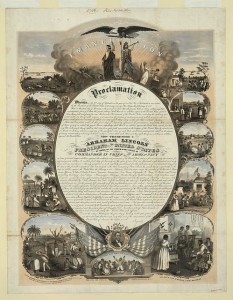
“laying strong hand upon the colored element”
“And now let any Union man who complains of the measure test himself by writing down in one line that he is for subduing the rebellion by force of arms; and in the next, that he is for taking these hundred and thirty thousand men from the Union side, and placing them where they would be but for the measure he condemns. If he cannot face his case so stated, it is only because he cannot face the truth.”
I add a word which was not in the verbal conversation. In telling this tale I attempt no compliment to my own sagacity. I claim not to have controlled events, but confess plainly that events have controlled me. Now, at the end of three years’ struggle, the nation’s condition is not what either party, or any man, devised or expected. God alone can claim it. Whither it is tending seems plain. If God now wills the removal of a great wrong, and wills also that we of the North, as well as you of the South, shall pay fairly for our complicity in that wrong, impartial history will find therein new cause to attest and revere the justice and goodness of God.
Yours truly,
A. LINCOLN.
150 years ago today the president explained that it was not in his power to free all slave children:
TO MRS. HORACE MANN.
EXECUTIVE MANSION, WASHINGTON, April 5, 1864.
MRS HORACE MANN:
MADAM:—The petition of persons under eighteen, praying that I would free all slave children, and the heading of which petition it appears you wrote, was handed me a few days since by Senator Sumner. Please tell these little people I am very glad their young hearts are so full of just and generous sympathy, and that, while I have not the power to grant all they ask, I trust they will remember that God has, and that, as it seems, he wills to do it.
Yours truly,
A. LINCOLN.

![Gen. Lew Wallace (Hartford, Conn. : The War Photograph & Exhibition Co., No. 21 Linden Place, [between 1861 and 1865]; LOC: LC-DIG-stereo-1s02866 )](https://www.bluegrayreview.com/wp-content/uploads/2014/04/1s02866r-300x175.jpg)
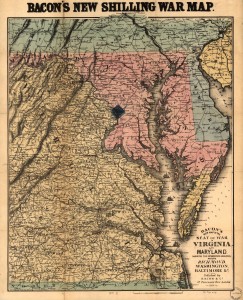
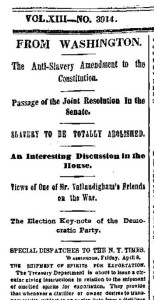
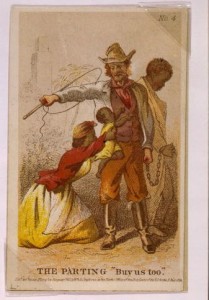
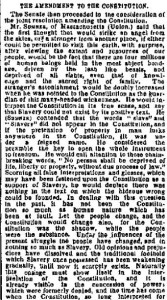
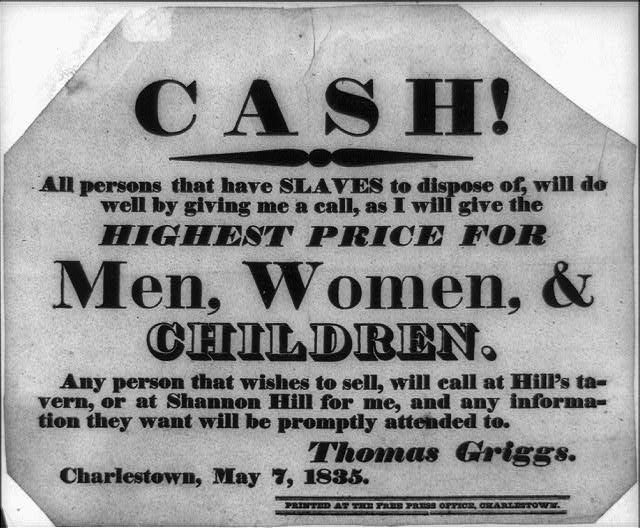
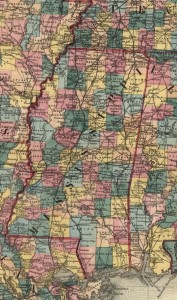


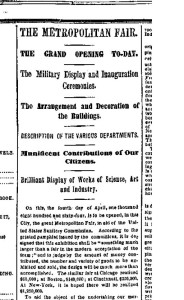
![The Metropolitan Sanitary Fair - the Indian Department [NYC. Indians dancing on stage] (Illus. in: Frank Leslie's illustrated newspaper, vol. 18, no. 446 (1864 Apr. 16), p. 49; LOC: LC-USZ61-1861)](https://www.bluegrayreview.com/wp-content/uploads/2014/04/3a03573r-300x215.jpg)
